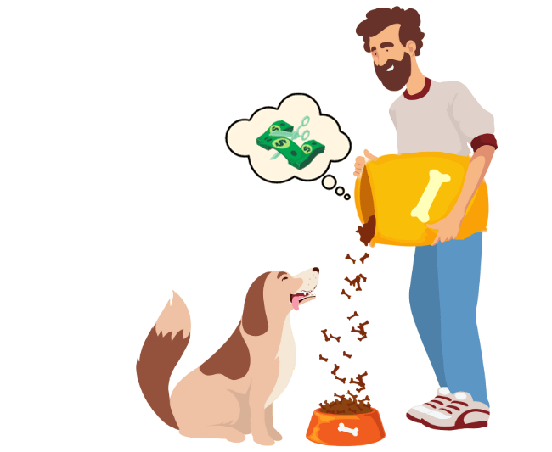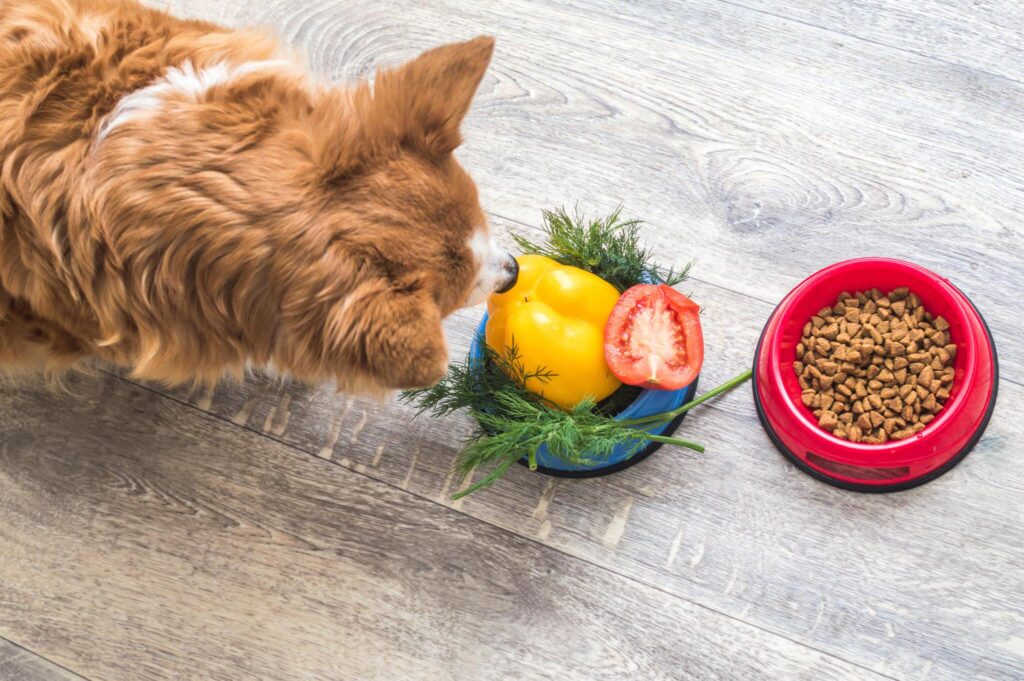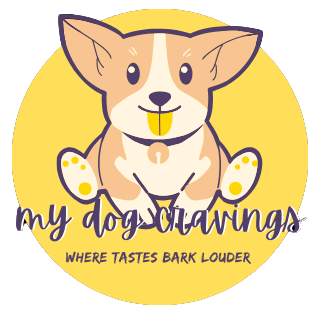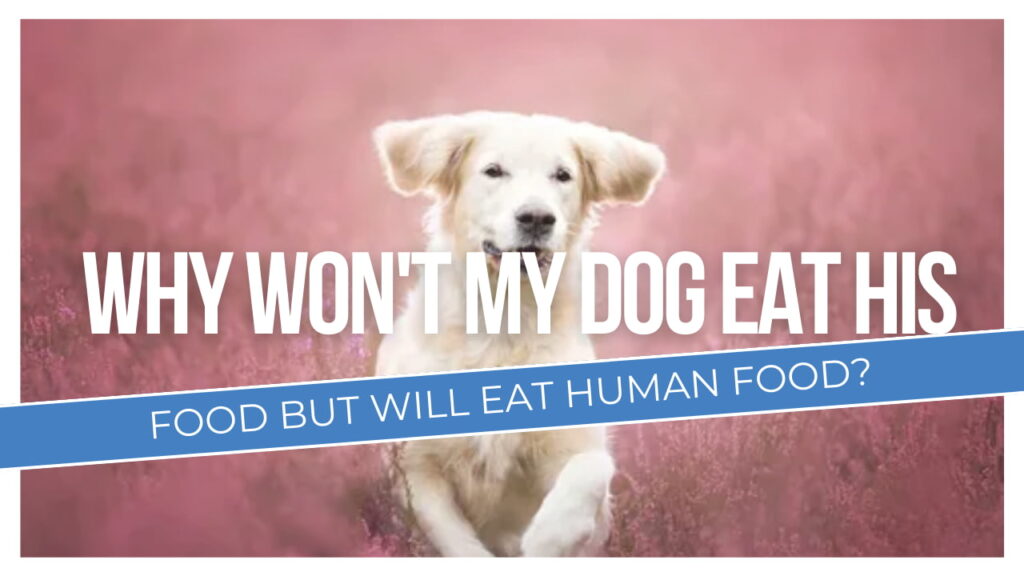7 Wet Dog Food Transitioning Tips Every Pet Owner Should Know
Wet food causes more poop, digestive imbalance, and plaque are some myths about wet dog food. Let’s unload the reality of these misconceptions.

Table of Contents

Written By: Ethan Anderson
Team My Dog Cravings
For dogs suffering from dental issues or gastrointestinal problems or for better healthcare, it is the pet parent’s responsibility to feed him wet, highly nutritious food instead of dry kibble. But is it easy to switch abruptly? No, you must follow the transition tips for wet dog food below.
A proper canine food schedule and training are required to transition safely. About 25% of dog owners prefer a wet diet as it is veterinarian-recommended. Let’s unload some tricks to switch toward a low-carbohydrate diet.
Why switch to a wet diet?
Feeding wet dog food is more worth paying for than a Dry diet due to its high moisture content, low carbohydrates, added minerals, and omegas for better pooch health. Secondly, the chunky, munchy, meaty bites in a wet diet are more tasty for fussy eaters. Moreover, wet diets are safe to use and boost extra growth in canines, as reported in the NIH report. So why not feed your dog a moisture-rich food?
Transition tips:
It would help if you were patient when making your pup and using a new diet, as it will take a few days or months. For your convenience, we have mentioned wet dog food transition tips that will make your pup’s food-changing journey comfortable.
1- Start slowly:
If you suddenly change your pet’s diet, it can have a profound effect on the digestive system, which can cause an upset stomach, nausea, or loss of appetite, so you should mix the new food with the old food. Mix and give patiently so your dog gets adjusted to the new food.
2- Maintain food proportion:
Do not keep any proportion of wet or dry food. Mix old and new food while maintaining a proper proportion. And gradually increase the amount of new food.
Day 1 | 25% wet diet, 75% old food |
Day 3 | 50% damp diet, 50% old food |
Day 5 | 75% damp diet, 25% old food |
Day 7 | 100 % wet diet |
3- Keep an eye on digestion:
When you change your dog’s diet, keep a close eye on his stool and appetite times. Please discontinue the new food if your dog’s digestive system is affected. If you’re looking for more information on the benefits of wet dog food during transitions, you can also read our article.
4- Proper feeding schedule:
Do not increase your dog’s feeding times when forming a new feeding habit. Try to follow a proper diet schedule. When you pick up the food bowl, remove the old food and leave the new food in the bowl so your dog can adjust to the food.

5- Variation:
Dogs, like humans, look for flavor in their food. So try different flavors that the flavor-up dog likes and add to his diet to attract him to the new food.
However, it’s important to be mindful of the additives and fillers in wet dog food. Some additives are used to enhance aroma and taste, but they may not always be beneficial for your pet. In fact, in our article on the disadvantages of wet dog food, we discuss how additives and specific flavors can sometimes lead to issues, especially for fussy eaters.
6- Maintain moisture content:
As you know, wet dog food is already 85 percent water, providing crucial hydration. Contrary to myth, high-moisture food can be beneficial, especially for senior dogs. For example, at ages 11-12, dogs may have dental issues and loss of taste buds. Feeding them a wet, chunky, munchy, meaty diet with sloppy gravy and high protein content can help them stay active and soothe their gut.
Learn more about wet dog food myths and why high-moisture diets are beneficial for your senior furry friend.
7- Seek medical help:
You should see a veterinarian if your dog becomes extraordinarily ill or cannot adjust to a new food.
Conclusions:
Finally, transitioning to a new food for your puppy is overwhelming, but this task will be easy with the above-listed tips. Secondly, I always prefer a wet diet from the damp food list of the FDA as these foods are veterinarian-recommended, full of nutrients, and gentle on the dog’s body. For more dog diet information, please check our other posts on the website.
We recently wrote an article on ”How to read wet dog food labels?” So, you can avoid your furry friend from harmful wet dog food ingredients.
Research References
- https://www.wellnesspetfood.com/blog/a-guide-to-changing-your-dogs-food-how-to-transition-to-new-wet-or-dry-foods/#:~:text=The%20Transition,-Like%20all%20things&text=Be%20patient%20and%20slowly%20ease,7%2D10%20days%20to%20transition.
- https://www.akc.org/expert-advice/nutrition/right-way-switch-dog-foods/
I also watched this video while I was doing research to write this article:

Research By: Brian Mitchell
Team My Dog Cravings



